CarEdge saved me over 4,500 dollars on a brand new Honda Pilot. I can't say thank you enough.
Price intelligence
Find a wide range of vehicle listings with market insights on new and used listings near you.


Help us personalize your CarEdge experience — it only takes a second.
Your answers help us personalize your CarEdge journey — we’ll follow up with tips and next steps that match your buying timeline.

Interest rates are rising, and inflation is at record highs, but deals can still be had when buying a new car. Every month, the team at CarEdge pores over the latest offers from every automaker. The result is a one-stop resource to share the very best new car deals with you.
Not finding what you’re looking for? We’ve included links to each automaker’s website. Check back frequently, as this living page will be updated regularly.
Check out these other CarEdge car buying resources:
The Best Auto Loan Rates Right Now
The Best Lease Deals This Months
These 5 Brands Are Negotiable Right Now
Finance Buick SUVs (Encore, Envision, Enclave) at 3.99% APR for 72 months.
Buick Encore: $179 per month for 24 months with $5,449 due at signing
Buick Envision: $279 per month for 24 months with $3,739 due at signing
Cadillac CT4: $439 per month for 36 months with $3,749 due
Cadillac XT4: $379 per month for 36 months with $3,579 due at signing
See Cadillac listings near you.
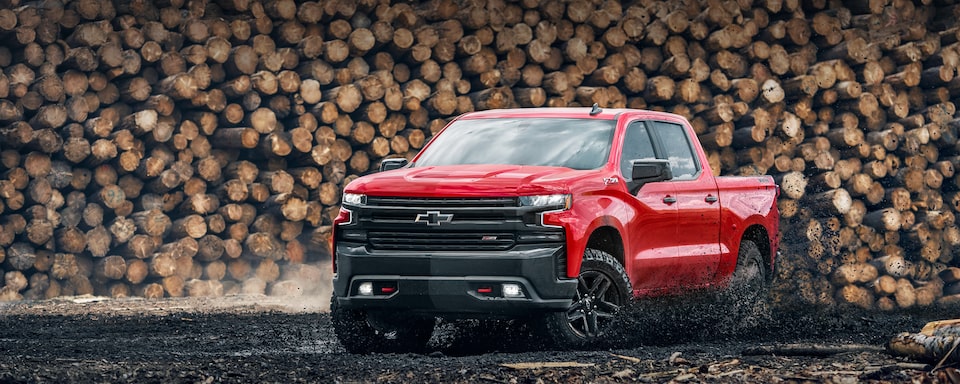
Best Chevrolet financing offer:
2.99% APR for 60 months for the Silverado 1500, Colorado and Equinox.
Chevrolet lease deals:
Chevrolet Trailblazer: $259 per month for 24 months with $3,109 due at signing
Chevrolet Blazer: $279 per month for 24 months with $2,369 due at signing
Silverado 1500 Crew Cab 4WD LT: $399 for 36 months with $3,579 due at signing
See details on Chevrolet deals.
Chrysler Pacifica Hybrid: $599 per month for 39 months with $5,499 due at signing
See details on Chrysler deals.

In February, Ford is advertising 3.9% APR for 60 months for select models
Learn more about Ford deals at Ford.com.
Best GMC financing offer:
2.99% APR for the GMC Sierra 1500
3.9% APR for the GMC Terrain
GMC lease offers:
GMC Acadia: $289 per month for 24 months with $2,309 due at signing
GMC Terrain: $279 per month for 24 months with $3,949 due at signing
Best Honda financing offers:
Honda Pilot, Passport, Ridgeline: 1.9% APR for 24 – 48 months
Best Honda lease offers:
Honda Civic: $269 per month for 36 months with $3,399 due
Honda CR-V: $349 per month for 36 months with $4,499 due

Hyundai lease offers this month are good, but the amount due at signing has increased this month.
Hyundai Venue: $151 per month with $3,281 due
Hyundai Elantra: $219 per month with $3,299 due
Hyundai Kona: $209 per month with $3,999 due
Hyundai Tucson: $279 per month with $3,999 due
Hyundai Santa Fe: $269 per month with $3,999 due
See details on Hyundai lease and finance deals.
Jeep leases are attractive in February.
Jeep Wrangler: $409 per month for 42 months with $5,099 due at signing
Jeep Compass: $347 per month for 42 months with $3,799 due at signing
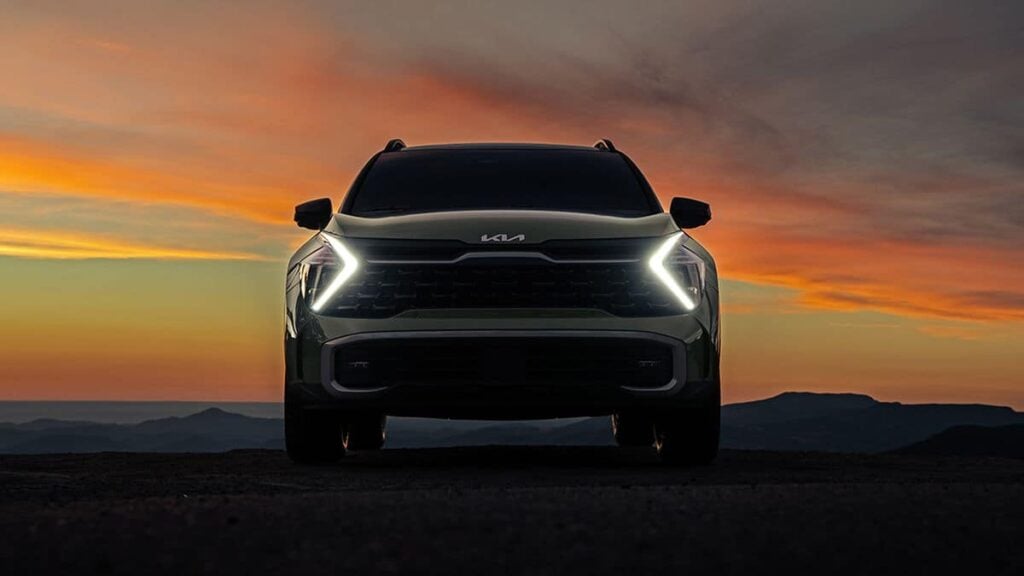
Best Kia financing offer:
2.9% APR for 48 months
Kia Forte
Kia Sorento (2022)
Kia Soul
Best Kia lease offers:
Kia Sportage: $279/month for 36 months with $3,499 due
Kia Seltos: $249/month for 36 months with $3,320 due
See details on Kia deals at Kia.com.
3.49% APR for 48 months for the RX.
$2,000 lease cash for select RX styles.
ES 250 AWD: $509/month for 39 months with $3,999 due
See details on Lexus deals at lexus.com.
Best Mazda financing offer:
2.49% APR for 36 months + NO payments for 90 days
Best Mazda lease offers:
Mazda CX-30: $239 per month for 24 months with $2,999 due at signing.
Mazda CX-5: $299 per month for 33 months with $3,499 due at signing.
See details on Mazda deals at Mazdausa.com.
0.0% APR for 36 months
1.9% APR for 36 months
Nissan Altima: $199 per month for 18 months with $2,309 due
Nissan Leaf: $269 per month for 36 months with $5,259 due
Nissan Rogue (AWD): $299 per month for 36 months with $3,459 due Nissan Murano (FWD): $299/month for 24 months with $2,099 due
Learn more about Nissan deals here.
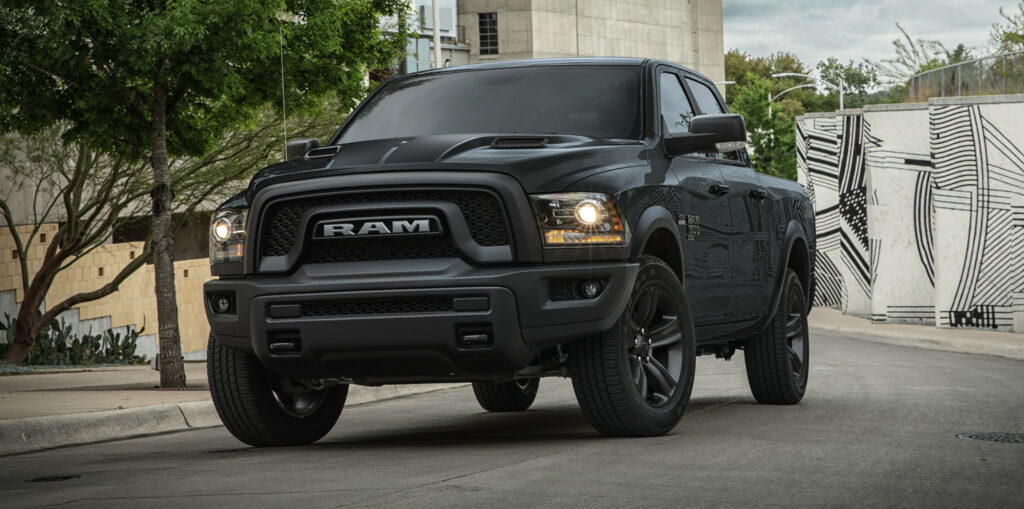
4.9% APR for 72 months and no payments for 90 days for the Ram 1500 and Ram 2500
$4,000 cash allowance for Ram 1500
Lease: Ram 1500: $309/month for 42 months, $5,499 due
Learn more about Ram deals at Ramtrucks.com.
Best Subaru financing offers:
2.9% – 3.9% APR for 48 months for these models:
The best Subaru leases:
Subaru Outback: $345 per month for 36 months with $3,515 due
Subaru Ascent: $359 per month for 36 months with $3,259 due
Best Toyota financing offers:
2.99% APR for 60 months
3.49% APR for 48 months
Toyota Corolla Cross: $331 per month for 39 months with $2,976 due
Toyota RAV4: $413 per month for 36 months with $3,063 due
Toyota Highlander: $393 per month for 39 months with $4,053 due
Learn more about Toyota deals here.
With interest rates rising and inflation putting pressure on automakers and their dealer networks, the only thing that could bring better new car deals would be plummeting demand. We’ve seen signs of weakening demand and higher new car inventory, but nothing considered drastic. Expect auto loan interest rates to climb in 2023. The best car deals in February won’t last.
These are the 5 car brands you CAN negotiate right now!
Thinking about factory ordering? These are the latest wait times our community is reporting.
These are the most marked-up new cars in 2022
Looking for something else? Visit our blog, or consult 1:1 with a real CarEdge Auto Expert to get customized help with your car deal. It could save you thousands!

After reaching record highs in June, gas prices fell by 25% by September. Now, gas prices are on the rise again. Why are gas prices going up? Blame supply and demand. However, there’s a bit more to the story this time around.
In June, crude oil prices had climbed to $120 per barrel as the war in Ukraine complicated operations and oil exports for Russia, the world’s third-largest oil producer. In 2021, imports from Russia accounted for 8% of all U.S. petroleum imports. As Russia’s military invaded Ukraine, the United States decided to ban all Russian oil and gas imports.
Oil prices climbed, and the national average topped out at $5.01 for a gallon of gas. To relieve supply shortages, the U.S. decided to release 180 million barrels of crude oil from the nation’s Strategic Petroleum Reserves in July. Oil prices fell, and gas prices dropped at the quickest pace ever.
But gas prices are now more than twenty cents higher than September lows. As of the time of this writing, the national average price for a gallon of gasoline is $3.92. See today’s gas prices at AAA. With crude oil prices increasing almost daily, $4 gas prices are likely to return.

Why are gas prices going up? On October 5, the world’s largest oil cartel decided to cut oil production for no reason other than to prop up prices.
In early October, OPEC+ announced that it would cut daily oil output by 2 million barrels. Globally, roughly 80 million barrels of oil are produced each day, but the markets decided this is a lot more than a drop in the bucket.
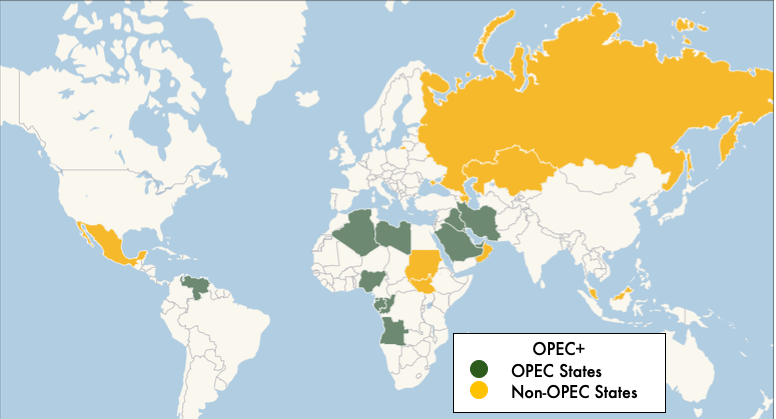
OPEC+ refers to the 13 nations in the Organization of Petroleum Exporting Countries (OPEC) and 11 non-OPEC partner countries. The OPEC+ group was created in 2016 with the stated goal of working together to adjust crude oil production to bring stability to the oil market. In other words, OPEC+ exists to keep global crude oil prices where they want them.
OPEC+ countries hold 90% of the world’s proven crude oil reserves. With such power of the market, they have the capability to disrupt or enhance the supply of crude oil. Global oil markets pay close attention to the actions of OPEC+.
The OPEC+ oil cartel consists of the following oil-producing nations.
OPEC core members:
Algeria, Angola, Equatorial Guinea, Gabon, Iran, Iraq, Kuwait, Libya, Nigeria, the Republic of the Congo, Saudi Arabia, the United Arab Emirates and Venezuela.
OPEC+ members:
Azerbaijan, Bahrain, Brunei, Equatorial Guinea, Kazakhstan, Russia, Mexico, Malaysia, South Sudan, Sudan and Oman

In order for gas prices to go down, either oil supply will have to increase, or demand will have to decrease. With just one month before the Thanksgiving travel holiday, demand is likely to increase in the weeks ahead, driving prices towards $4 per gallon.
If oil demand follows pre-pandemic historical trends, we could see softening demand from January to April. Peak oil demand is historically during summer and holiday travel months, with weaker demand in the winter and spring. Unless the government and domestic producers can find a way to bring down prices before then, that might be the next time gas prices drop back below current levels.
The United States meets 65% of its oil demand through domestic production. Ten years ago, 40% of America’s oil consumption was supplied domestically. The U.S. is producing more oil than ever before, but it continues to export millions of barrels to other countries. Regulators are surely looking into how they could send more domestic oil to American refineries.
We created a special resource to help drivers save money on fuel expenses. These are the top ways you can save on gas:
See our full guide to maximizing fuel savings. You can save hundreds of dollars with a few simple tricks!
Right now is a tough time to be in the market for a new or used vehicle, but remember to consider fuel economy next time you’re shopping for a new ride. For the average commuter, the difference between 25 MPG and 45 MPG can be over $1,000 per year in fuel savings.
Thinking of going all-electric? These are the best electric cars on the market for under $50,000.

Judging from the price, the Polestar 3 is going after BMW and Mercedes-Benz rather than Tesla.

On October 12, Polestar revealed its third model, aptly named the Polestar 3. A lot has changed for the brand since the arrival of the Polestar 2, a smash-hit that propelled the Volvo-owned brand to mainstream success. At last, a Polestar SUV is here. Here’s every detail about the Polestar 3’s price, range, release date. We’ll even delve into the messy EV tax credits!
Polestar plans to launch one new electric vehicle per year, starting with Polestar 3 – the company’s first electric SUV. The Polestar 3 premiered on October 12, and you can watch the official unveiling here. The Polestar 4 is expected to follow in 2023 as a smaller electric performance SUV coupe.
In 2024, the Polestar 5 electric performance 4-door GT will launch as the production version of the Polestar Precept unveiled in 2020.

The new Polestar 3 will be the first of the brand’s models to be manufactured in the United States. Polestar will build the Polestar 3 at Volvo’s factory in Charleston, South Carolina starting in 2023. The 3 will be made alongside the Volvo EX90, the electric sibling to the Volvo XC90. However, the price is above the price cap in the revised EV tax credit, so it will not be eligible.

Fresh off the successes of Polestar’s first mass-market EV, the Polestar 2, the brand is ready to step into America’s most competitive vehicle segment, that of the almighty crossover SUVs. Here’s what Polestar has shared so far:

The Long-Range Dual Motor Polestar 3 has an EPA-estimated range of 300 miles. The Performance Package drops range to 270 miles. That’s excellent for an SUV, and is just shy of the Tesla Model Y’s 330 miles of range.
Battery capacity is 111 kilowatt-hours (kWh).
The Polestar 3 can charge from 10% to 80% in 30 minutes at a DC fast charger. That would translate to about 210 miles of range added in 30 minutes. That is slightly better than the industry average in 2023.
At a level 2 charger (the kind typically installed at home), the Polestar 3 can charge from empty to 100% in 11 hours. Remember, it charges overnight while you sleep so this is rarely a concern.

The Polestar 3 starts at $83,900 for the base Long-Range Dual Motor version. The Long-Range Dual Motor with Performance package starts at $89,900.
The Polestar 3’s price is far above America’s best-selling EV, the Tesla Model Y. Right now, the Model Y starts at $67,190 with destination fees.

In Polestar’s early marketing campaign for the 3, the brand has made it crystal clear that this is a premium SUV. Expect premium prices.
See the best electric cars for families in 2023
The Polestar 3 will be made in America, but the price means it’s not eligible for the new EV tax credit, which has a cap of $80,000. See EV tax credit requirements and amounts.

The Polestar 3 Performance package costs an additional $6,600. The Performance pack increases horsepower to 517 HP, upgrades to 22″ wheels, and gets the gold accents the Polestar brand is known for.

Interior upgrades include ventilated Nappa leather seats sourced ethically, black ash deco, and massaging seats.

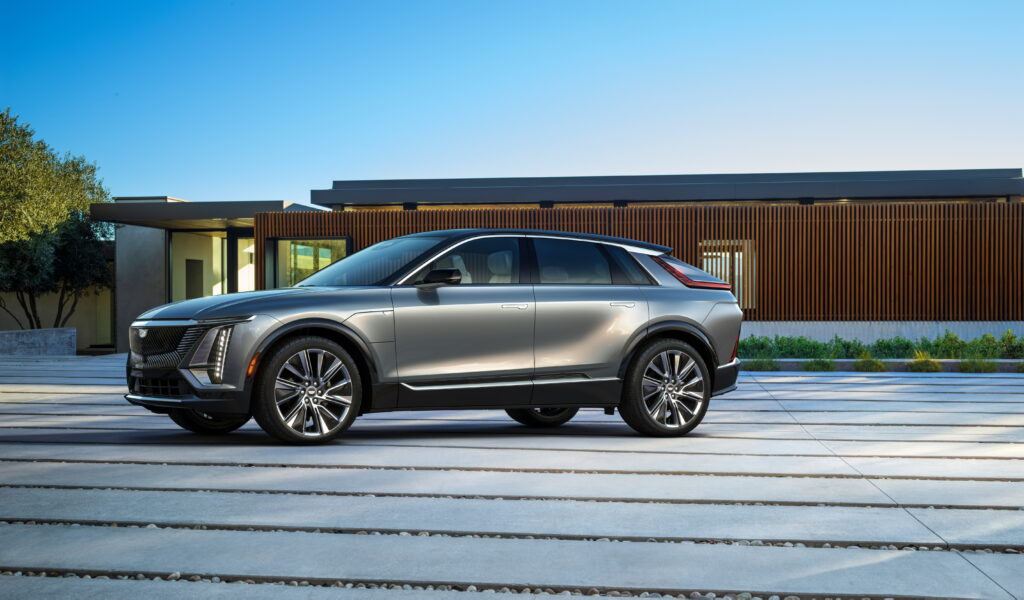
The 2024 Polestar 3 will compete with a growing list of premium electric crossovers. These are the top contenders for the electric luxury market heading into 2023.

Preorders for the Polestar 3 are open now. Deliveries will begin in late 2023, according to the automaker.
Let us know, what do you think about the Polestar 3? Is it worth a price of $83,900? I expect this to remain relatively low volume because of the price alone. Polestar seems to be competing with BMW and Mercedes rather than the big EV leader Tesla.
Check out the fastest-growing EV forum online! You’ll find expert advice and a sense of community that makes navigating car buying and ownership easier and a whole lot more interesting. We hope to see you there!

We dug through the latest new car lease offers to find you the very best lease deals for October 2024. It’s becoming clear that year-end car sales are almost here! Skip ahead to your preferred auto brand to see what their best lease deals are this month. Check back for updates, as automakers typically announce new lease deals during the first week of each month. We’ve highlighted the very best lease deals in bold.
See offer details from Acura and browse local inventory
See current lease offer details from BMW and browse local inventory
See current lease offer details from Buick and browse local inventory

The best Cadillac lease deal is for the highly-acclaimed Lyriq luxury EV.
See current lease offer details from Cadillac and browse local inventory
Chevrolet has some of the best lease offers in October, with multiple models available with little money down. These are the best offers:
See offer details from Chevrolet and browse local inventory
See offer details from Dodge and browse local inventory

Ford’s lease offers are no where near as good as Chevrolet’s this month. These are Ford lease deals for October:
See offer details from Ford and browse local inventory
GMC offers the best loan terms to current GM lessees. If you’re not a returning lease customer, the amount due at signing is likely to be higher.
See offer details from GMC and browse local inventory
In October, Honda is offering low payment lease deals:
See Honda offer details and browse local inventory

Hyundai has some of the best budget lease offers that you’ll find in October:
See Hyundai offer details and browse local inventory
See Jeep offer details and browse local inventory
Kia has some of the cheapest car leases this month, especially on their fast-charging, long-range EVs and SUVs.
See Kia offer details or browse local inventory
See Lexus for details or browse local inventory

These are the best Mazda lease deals for October 2024:
See offer details from Mazda and browse local listings
Nissan has some of the best new car lease offers this month as the automaker combats rising inventory and sluggish sales.
See offer details from Nissan and browse local listings

See the latest Ram lease deals from CarEdge.
See Subaru offer details and browse local listings
See Tesla lease offers at Tesla.com.

Toyota has the best lease deals for hybrids, trucks, and EVs in October. The popular 2024 Tacoma SR5 is now available as a rare zero down lease, a true gem in the truck market.
The 2024 Toyota bZ4X electric crossover is available for just $359/month with $0 due at signing. Despite some reviewer complaints about charging and range, this EV is the perfect lease for commuting and ride-sharing.
See Toyota lease offer details and browse local listings
This month, Volkswagen finally has attractive lease offers:
See Volkswagen for details or browse local listings
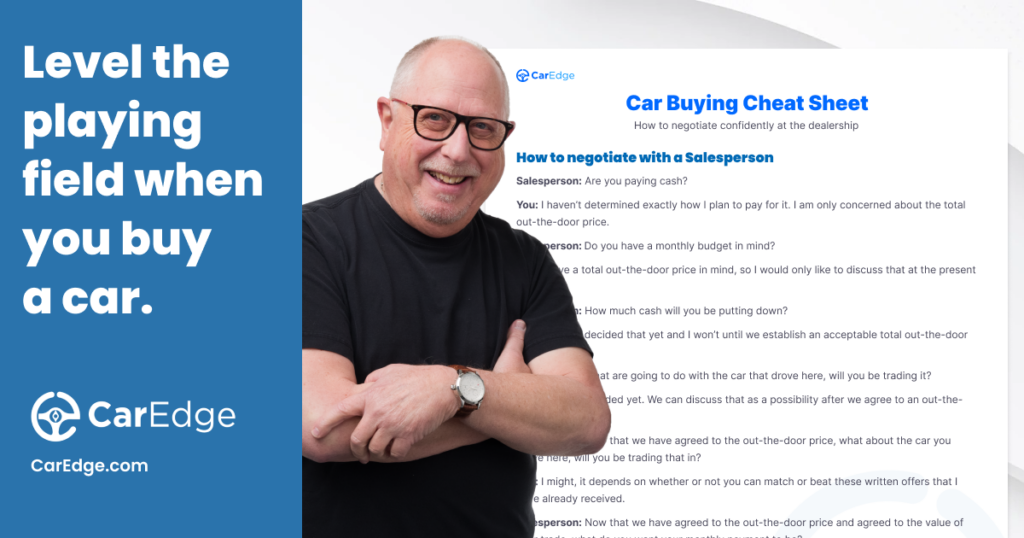
Ready to outsmart the dealerships? Download your 100% free car buying cheat sheets today. From negotiating a deal to leasing a car the smart way, it’s all available for instant download. Get your cheat sheets today!

Rates are changing, but deals can still be had when financing a new car. Interest rates remain high in 2024, yet smart buyers secure zero percent financing each and every day. If you’re thinking of financing a new car, you’ll want to take advantage of manufacturer incentives to save thousands. These are the best new car finance deals in October 2024.
👉 Short on time? We’ve highlighted the best offers in bold. You can also see the top deals this month here.
We’ve compiled every manufacturer’s financing incentives below, but these are the best loan deals with the lowest auto loan rates this month. Automakers update their incentives between the second and fifth business day of each month. Check back for updates! As you can see, zero percent financing is on the rise in a big way…
👉 Ready for pro help with your car purchase? Learn more about buying with CarEdge. Never overpay for a car again.
Let’s dive into every automaker’s financing and cash offers for October 2024.
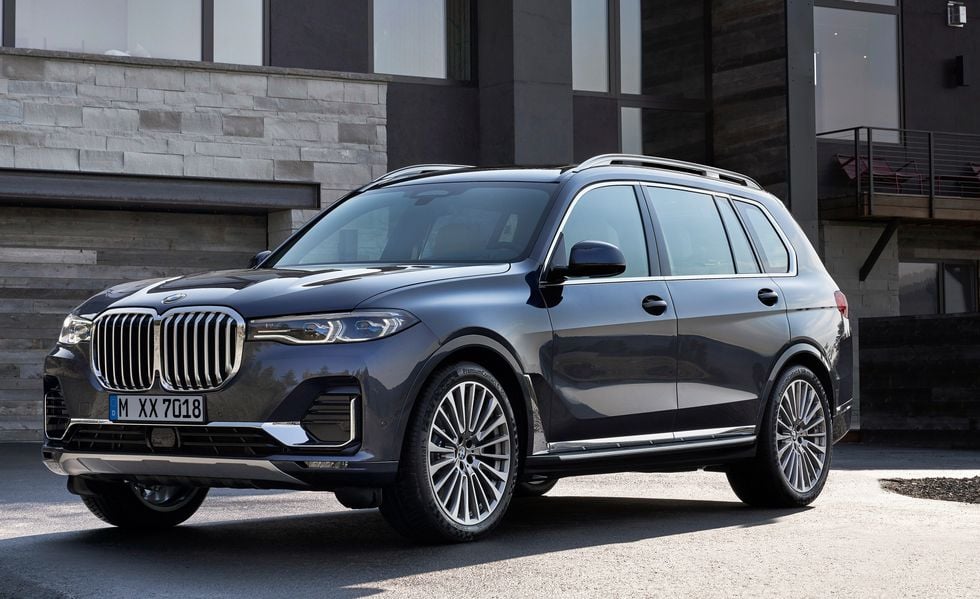
1.99% APR for the BMW 3-Series, 5-Series, select 2024 X1 and X3 models, 2025 X5 and X7 models
2.99% APR for 60 months for the BMW 7-Series, X4, i4, i5, i7 electric sedans and iX electric SUV
See BMW listings with local market data.
0.9% APR for the 2024 Envision, 204-2025 Buick Encore GX
1.4% APR for the 2025 Enclave
Browse Buick listings with local market data

Cadillac has these APR offers for new cars this month:
3.9% APR for 36 months for the 2024 Lyriq, XT4, XT5, XT6, as well as CT4 and CT5 luxury sedans
See Cadillac listings with local market data.
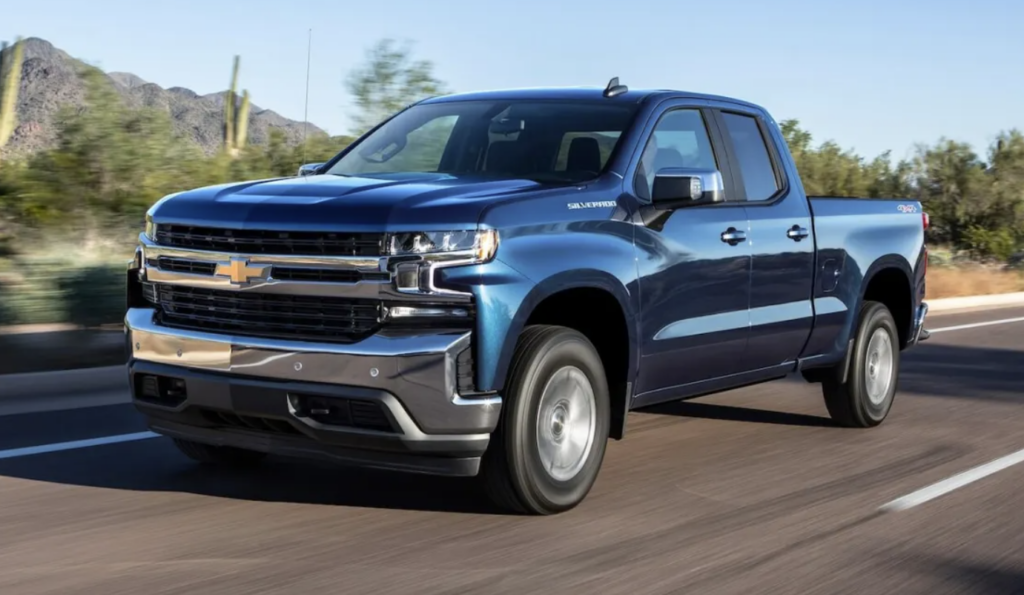
Chevrolet is offering low APR offers for multiple models in October:
0% APR for 36 months: Silverado 1500, Silverado EV + No payments for 90 days
1.9% APR for 36 months: 2024 Silverado, Colorado, Blazer, + No payments for 90 days
See Chevrolet listings near you with local market data.
These are Dodge’s financing offers this month:
0% APR for 72 months: 2024 Dodge Hornet eAWD
See Dodge listings with local market data.
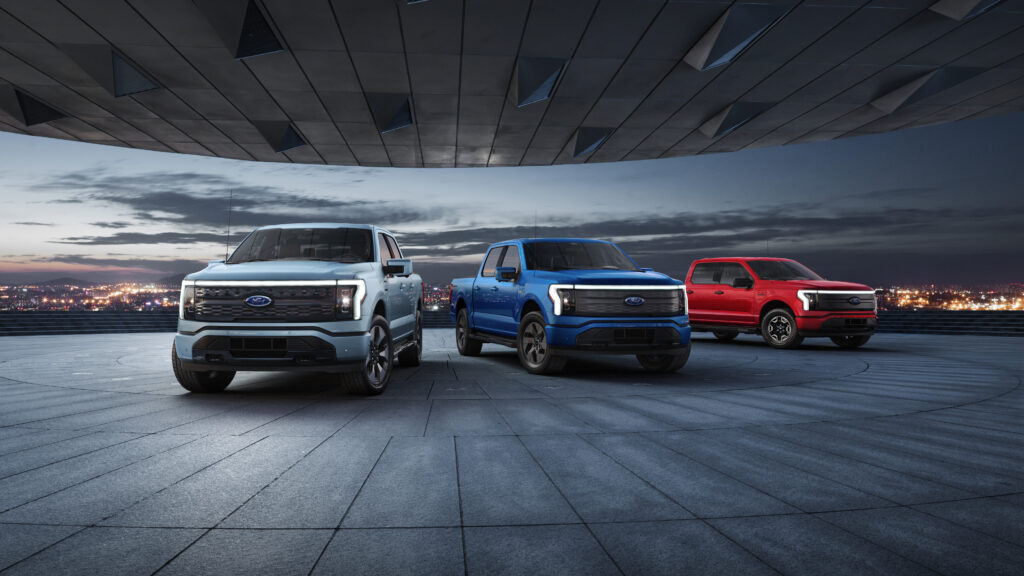
In October, these are the best cash and financing offers from Ford. Not seeing the deal you’re after? Better year-end sales are almost here.
1.9% APR for 72 months: 2024 Mustang Mach-E
1.9% APR for 60 months: 2024 Ford Explorer
2.9% APR for 72 months: 2024 Ford Expedition
2025 Ford F-150: Finance the F-150 at 3.9% APR for 36 months, or 5.9% APR for 60 months.
See Ford listings with local market data.
Learn more at Ford.com.
This month, GMC has some of the best financing offers, including the best truck offer:
0% APR for 36 months: 2024 GMC Sierra 1500, Sierra EV
0.9% APR: 2024 GMC Terrain
1.9% APR for 36 months: 2024 Canyon, 2024 GMC Acadia
Learn more from GMC.
See GMC listings with local market data.

Honda and Acura are advertising these financing offers in October:
0.9% APR for 36 months: 2024 Honda Prologue electric crossover
1.9% APR for 36 months: 2024 Honda Accord, Accord Hybrid, Ridgeline
3.9% APR for 36 months: 2025 Honda CR-V, Passport, Pilot
See Honda listings with local market data.

Right now, Hyundai APR offers are less than stellar:
1.99% APR: Elantra, Tucson, including hybrids
See Hyundai listings with local market data.
In October, Jeep’s zero percent APR financing offers are out to combat slowing sales:
0% APR for 36 months: 2024 Jeep Grand Cherokee, Wrangler, Compass, Gladiator, Wagoneer, Grand Wagoneer
See Jeep listings near you with local market data.
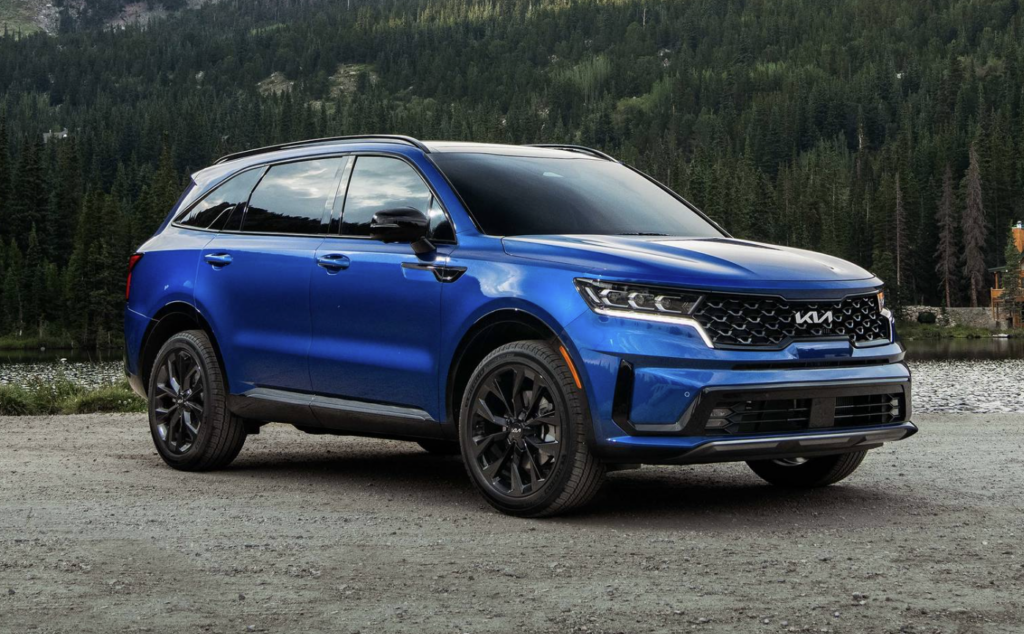
Kia is having a hard time selling EVs now that the EV6 and Niro EV have lost the federal tax credit. Now, the EV9 is made in America, bringing eligibility to the model. But make no mistake: EVs are where the best Kia APR deals are this month:
0% APR for 72 months: 2024 Kia EV6, 2024 Kia EV9
0% APR for 60 months: 2024 Kia Niro EV
0% APR for 48 months: 2024 Sportage, 2024 Sorento
3.9-4.9% APR on most other Kia models for well-qualified buyers
See Kia listings near you with local market data.
4.49% APR for 60 months for the 2024 Lexus RX, IS, NX
All models qualify for a $1,000 rebate in Octobert
See Lexus listings with local market data.
Learn more about these offers at Lexus.com
4.9% APR for 60 months: 2024 Lincoln Aviator
2.9% APR for 84 months: 2024 Lincoln Navigator (learn about the risks of 84-month loans)
See Lincoln listings near you.

Mazda has some of the best financing offers today, including zero percent APRs:
0% APR for 36 months: 2025 Mazda CX-50, 2024 CX-30, 2024 CX-5, 2024 Mazda3 (both sedan and hatchback)
See Mazda listings near you with local market data
Learn more about these offers at MazdaUSA.com
The best car deals this month include some amazing financing offers from Nissan:
0% APR for 60 months: 2024 Nissan Titan
0% APR for 36 months for 2024 Nissan Rogue, 2024 Pathfinder
0.9% APR for 60 months: 2024 Nissan Frontier
See Nissan listings with local market data
Learn more about these offers at NissanUSA.com
Ram has these great truck offers in October 2024:
0.9% APR for 72 months: 2024 Ram 1500, Ram 1500 Classic + up to $6,500 cash savings on dealer inventory
See Ram listings near you with local price data
See details at ramtrucks.com

0% APR for 72 months: Solterra EV
2.9% APR for 48 months: 2024 Ascent, 2024 Legacy
2.9% APR for 72 months: 2024 – 2025 Outback, 2024 Forester
3.9%-4.9% APR for other Subaru models.
See Subaru listings near you with local price data
See which models and trims qualify at subaru.com.
This month, Toyota has these APR deals for well-qualified buyers:
1.99% APR for 48 months, or 3.99% APR for 60 months: 2024 Toyota Tundra
3.99% APR for 48 months: 2025 Camry, 2024 RAV4
See Toyota listings near you with local price data
Learn more about these offers at Toyota.com
VW is back with some of the best APR offers this month, featuring two popular models with zero percent financing:
0% APR for 72 months: 2024 Volkswagen ID.4
0% APR for 60 months: 2024 Tiguan
See Volkswagen listings near you

Ready to outsmart the dealerships? Download your 100% free car buying cheat sheets today. From negotiating a deal to leasing a car the smart way, it’s all available for instant download. Get your cheat sheets today!